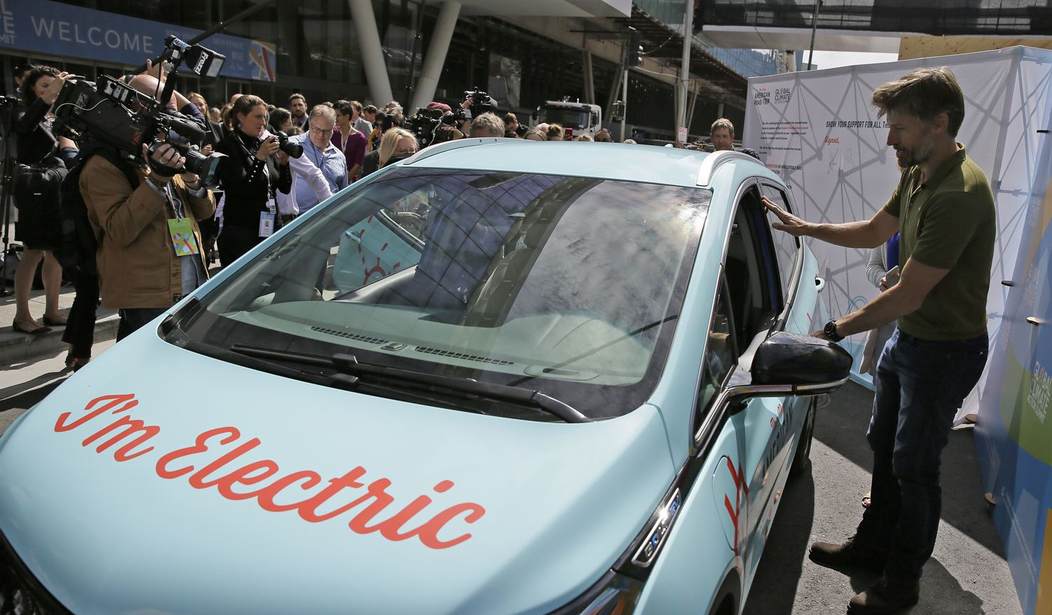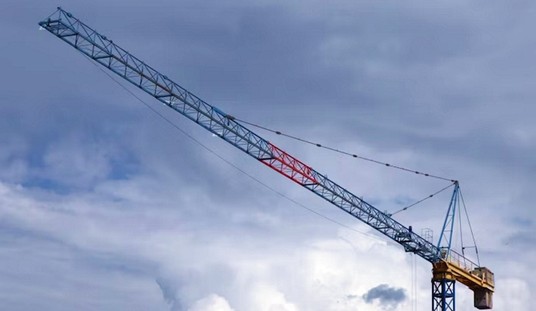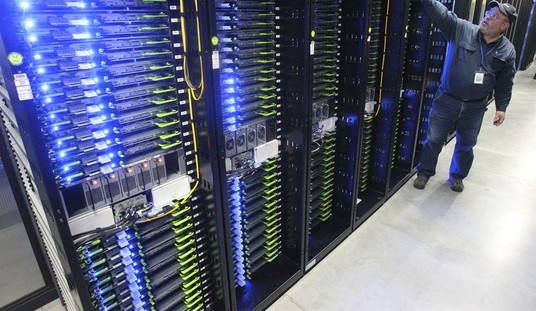The green energy movement is one claimed to be the noble and ethical way forward for this planet. At the same time, in order to sell the concept of transitioning to cleaner energy these ethical proponents have to manipulate data and facts and use subterfuge on a regular basis. If they are so solid in their convictions there would be no need to deceive the public so frequently. Now we learn that the move to decouple from coal and onto more sustainable energy is a lie, as we now learn coal is needed to produce the options to move away from coal.
If this sounds nonsensical, it gets more ludicrous.
We are told decoupling from dirty fuels is not only a needed process to undergo but that it is cost-effective and delivers economic benefits – as green companies dissolve into the red. There is a push to get Americans onto an EV grid that is sustainable, as examples regularly emerge that we are nowhere close to a realistic system. We constantly get told that the car-buying marketplace wants EVs while the government needs to subsidize purchases and automakers lose a fortune on their EV divisions. It is the profits from the gas-powered vehicle sales that prop up these losing ventures at the car companies.
And now we see in a similar fashion so-called “dirty” energy is needed to essentially subsidize the manufacturing of allegedly planet-saving EV enterprises. In Kansas, the Japanese company Panasonic has constructed a manufacturing plant to make car batteries for EVs, using a near-$7 billion grant from Joe Biden’s monolithic infrastructure spending proposal. Good for American jobs, but as far as the environment is concerned? Not so much.
The production of EV batteries has long been fraught with inconvenient realities, starting with the methods of strip mining needed to acquire the core minerals for their creation (and the greenhouse output that procedure produces, as well as the shipping of the raw ore.) But now we see that this Kansas facility has another planet-threatening paradox. This factory will require a megawatt power output that would be sufficient to serve a small city. Get a load of this reality-avoiding use of a euphemism:
In testimony to the Kansas City Corporation Commission…a representative of Evergy, the utility serving the factory, said that the 4 million-square-foot Panasonic facility creates “near-term challenges from a resource adequacy perspective.”
TRANSLATION: In order to operate and create the polar bear-snuggling green batteries, this factory needs to be powered by a local energy plant run on coal. And not that it will be tapping local energy from the existing grid – this factory will have its own dedicated coal-fueled energy plant. A previously decommissioned power plant (that was shunted aside in the national push away from coal) will now be reconstituted to run the factory. Sometime in the future, it is slated to transition over to another problematic fuel source, natural gas.
This is just unreal - ramping up using the “planet-killing” fuel source to save the planet. Yet at the same time, it is par for the course when it comes to the sham that is the green energy push. Moreover, the American power grid does not run on sustainable energy sources at an appreciable level, so people will be allegedly saving the planet by charging their batteries with power from dirty energy production. Solar and wind power are not generating at a capacity that can switch us over.

Then, there is a much-needed look into the benefits of driving an EV for the sake of the planet. The EV batteries weigh in near 1,000 pounds and they require seven times that amount of raw ore in their creation. In order to offset that greenhouse output it is estimated an EV driver needs to operate for 50,000-60,000 miles before realizing a net positive on the environment. But that does not factor in any additional CO2 output in the lifetime of recharging, so add on even more asphalt measurement to see a benefit from these batteries, which have a lifespan of 100,000 miles or more
Depending on the usage of the vehicle this basically comes down to the need to drive your new EV for anywhere from five to ten years in order to begin realizing any planetary benefit, and it is certainly likely there would be a need for a new battery around that point; so back to operating in the negative, and the car is highly unlikely to last or be driven for any time much longer by that stage.
Seriously – what are we even doing at this point?! Why not get the technology sorted out first, then you can coax people off of gasoline by offering up viable and attractive driving alternatives. Forcing the public to adapt to a new system that is yet to be efficient in powering the vehicles, and is relying on ramping up the very fuel sources you are seeking to eliminate, is a lose-lose venture. In other words, it is a typical governmental venture.















Join the conversation as a VIP Member